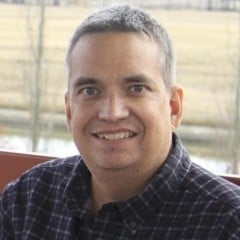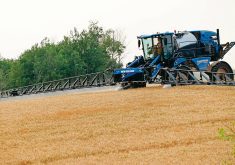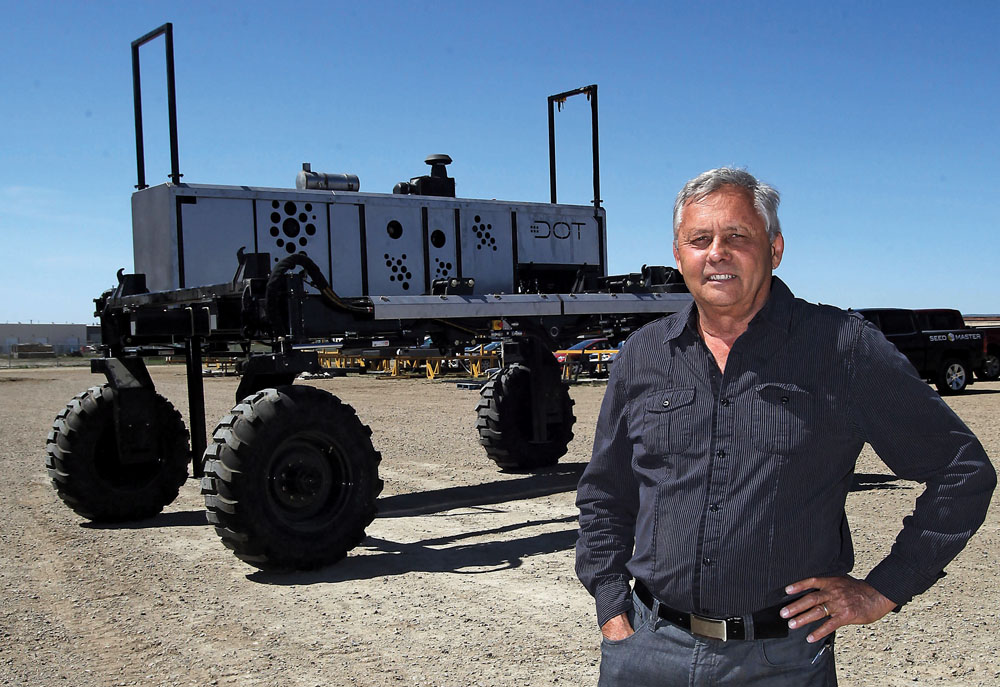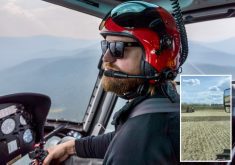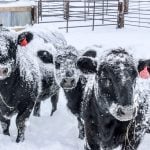It can boost variable rate mapping. It can help generate guidance maps for the field. It contains the fundamental knowledge for turning an old tractor into an autonomous tractor. And yet the code is available on the internet for free.
And Brian Tischler, the central Alberta grain farmer who created AgOpenGPS, is fine with that.
“I don’t make a penny and I don’t care. I make OK money farming. I got enough,” said Tischler, who farms near Manville, west of Vermilion.
Read Also
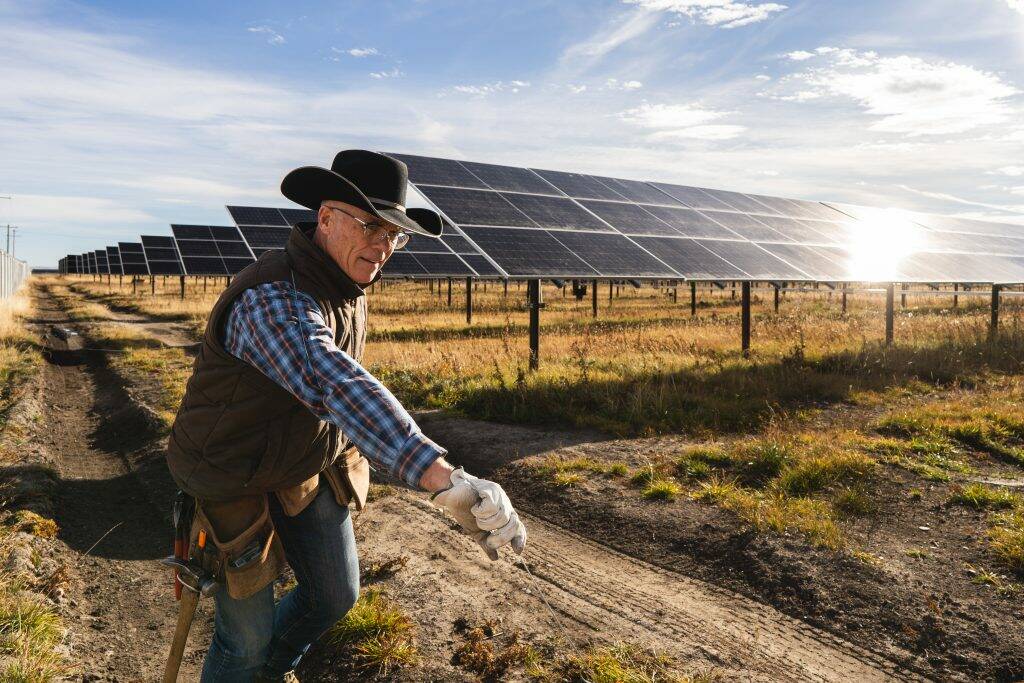
Support needed at all levels for high-value solar projects
Renewable energy projects could help farmers diversify their operations and add value to the farm.
“And this is just plain fun. I’m a curious guy and am curious about what we can build, what we can contribute.”
AgOpenGPS is based on open source code: publicly available code that runs a given computer application. But Tischler has a simpler explanation.
“Think of source code as a recipe to make chocolate chip cookies. But you might not like chocolate chip cookies. You might just like Smartie cookies,” he said.
“So you change the open source code to include Smarties and exclude chocolate chips. Now you have a ‘fork’ of the original software and you have your own personalized version. But the key is there was the original chocolate chip cookie recipe to start with. So all you had to do was change out the Smarties.”
Most commercially available tractors are like boxed cookies, said Tischler. Owners don’t have access to the recipe. Companies often withhold key details of computer-based components and only licensed technicians are allowed to adjust or fix them. Most farmers are OK with that, Tischler said.
“Tractors already come with GPS. They come with a loaded system for controlling your air seeder. It’s a package unit. So why would you want to putz around with AgOpenGPS?”
One reason might be that technical support is frequently just a forum post away, thanks to growing global interest in open source farming.
“Any user anywhere in the world can post ‘well, I had this problem. I had this error.’ Within 10 minutes the version on GitHub is updated. That’s happened a million times.” (GitHub is the online repository where the AgOpenGPS code is stored.)
Tischler created AgOpenGPS six years ago when frustration met insufficient funds.
He couldn’t track his seeding history with his existing GPS equipment and section control was prohibitively expensive.
“We had an RTK system — it was an old Outback system. To add on section control was pretty costly. I would have had to update the RTK system and the GPS and the Autosteer.”
Being a techie already (he has electronics and engineering degrees from NAIT), Tischler scoured the internet for source code that might help. He didn’t have any luck.
“There was nothing in open source to do with any sort of precision agriculture: zero,” he said. “It was all a big secret. Everything had to be researched from theoretical theses written by PhD students, Masters and engineering students.”
So he scrabbled together open source code from the aviation and autonomous car industries, using his own code as the agricultural connective tissue. The result was a system that enabled sectional control, kept his tractor in a straight line, and kept a record of where he seeded and where he didn’t.

AgOpenGPS has come a long way since then, to the point where Tischler says it can do “anything.” He developed a since-abandoned fully autonomous tractor with open source code. It can be seen in action here.
But today AgOpenGPS also offers the ability to virtually ‘create’ a field and forge guidance maps using software just about anyone can access.
“You can create a field using imported tiles from Bing Maps. You can either draw it online on the internet, picking points around the outside of a field, for example, or you can drive the field,” Tischler said.
“Then you have a boundary. You know where that field is in the world.”
At that point the user can generate guidance lines based on that boundary.
“It’ll turn the equipment or application off and on with section control. It will also do hydraulic lift. So basically once you have that boundary and you get started in the field, you don’t have to touch the tractor until you’re done.”
AgOpenGPS can also create variable rate maps using software such as Microsoft Paint (packaged with all versions of Windows) and Google Earth. This can be a real time-saver, said Tischler.
“As a farmer, you know your field. You know where you want to put more or less fertilizer. You know where it tends to lodge and so you might cut back a little bit where it does lodge or maybe add a little bit more where it needs a little more and then just let AgOpenGPS control it.
“And so we get 95 per cent of the outcome with five per cent of the work instead of endlessly sending away yield maps. You just use some basic farmer knowledge, create that variable rate map and then just go fertilize.”
Although North American farmers have largely chosen “the boxed cookie” when it comes to their ag equipment, AgOpenGPS is proving more popular globally, particularly in Europe.
A core development team of about 20 people from around the world decides what to add or adjust in the central AgOpenGPS project.
“It’s really a collaboration of many different ideas coming together and that’s where innovation happens. You compare that to a big company where you know anyone’s kind of afraid to come forward with an idea.”
But even though the core project is guided by a team, it doesn’t stop anyone from downloading the code and adjusting it to their own needs. (That’s the “fork” Tischler referred to in his cookie analogy).
He cited an example of a producer who uses a modified version of AgOpenGPS to perform a unique and delicate operation.
“There’s one guy on Twitter using AgOpenGPS to roll pumpkins gently into a windrow using a rock rake. There’s a tractor driving right beside this row of pumpkins, like two centimetres away, and he’s zipping along.”
That’s all great, but say you’re a producer with basic computer literacy. You may not even know what source code is, let alone how to modify it. No problem, said Tischler.
“You download the software and run the exe file just like you would with any other program. It’s just like downloading Minesweeper.”
Sourcing and installing the hardware is trickier, however. A printed circuit board is needed — usually made in China — and mounted with all the components to interface with the tractor and tell it to, for example, steer left or right.
“One of the biggest challenges we face today is parts shortage,” said Tischler. “Say you spark your board. You can’t get this chip. You can’t get this capacitor. You can’t get this connector. That’s been just mind-bogglingly difficult.”
An all-in-one module would fix the problem and make it easier for farmers to use, he said, but that’s a challenge. It’s easier to just ship and receive parts throughout the world.
“I keep thinking it should be easier for the farmer to use the (full) system but I keep butting my head against European regulations and trade regulations and import duties and taxes and recycling charges and limitations and rules.
“I understand why they do it, but there’s a whole group of people making life very difficult for any sort of innovation.”

